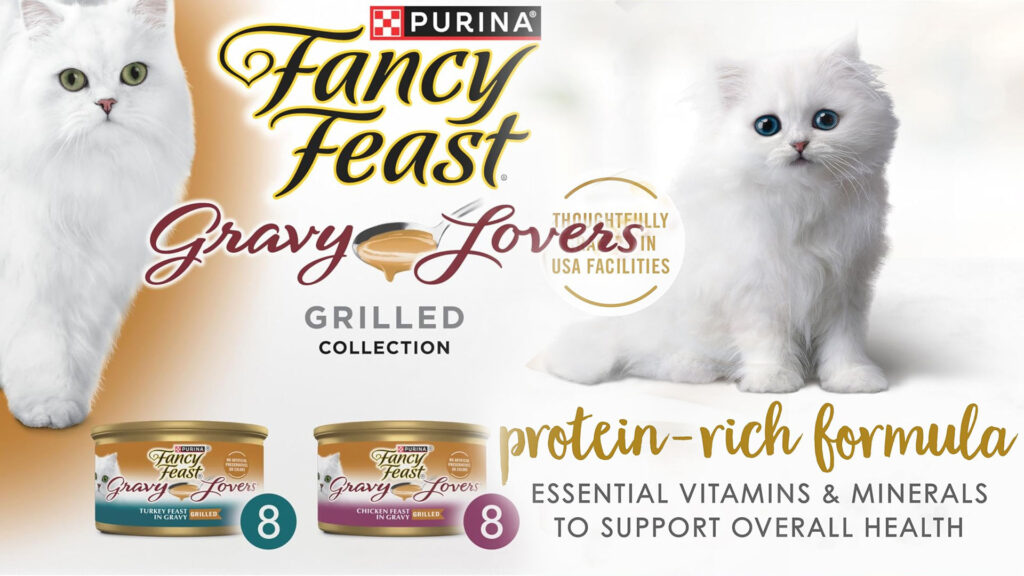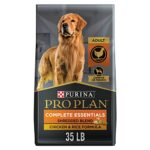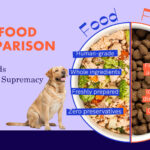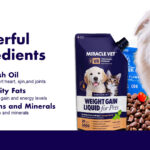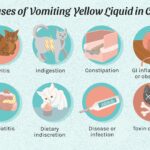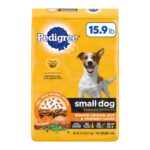Kitten food is formulated with higher protein and fat for growing cats, while adult cat food focuses on maintaining health. The nutritional needs of Kitten Food Vs Cat Food: What’s Best for Your Feline? differ greatly.
Choosing the right food for your feline friends is crucial for their development and health. Kittens require food rich in protein, amino acids, vitamins, and minerals to support their rapid growth and high energy levels. Adult cat food, on the other hand, aims to sustain an ideal body condition and support overall health, with balanced nutrients tailored for less active mature cats.
Selecting age-appropriate food ensures that cats receive the proper nourishment at each life stage. This is not only fundamental for their physical well-being but also for preventing potential health issues associated with improper nutrition. Whether you’re a new cat owner or looking to update your pet’s diet, understanding this distinction is key to raising a healthy, happy cat.
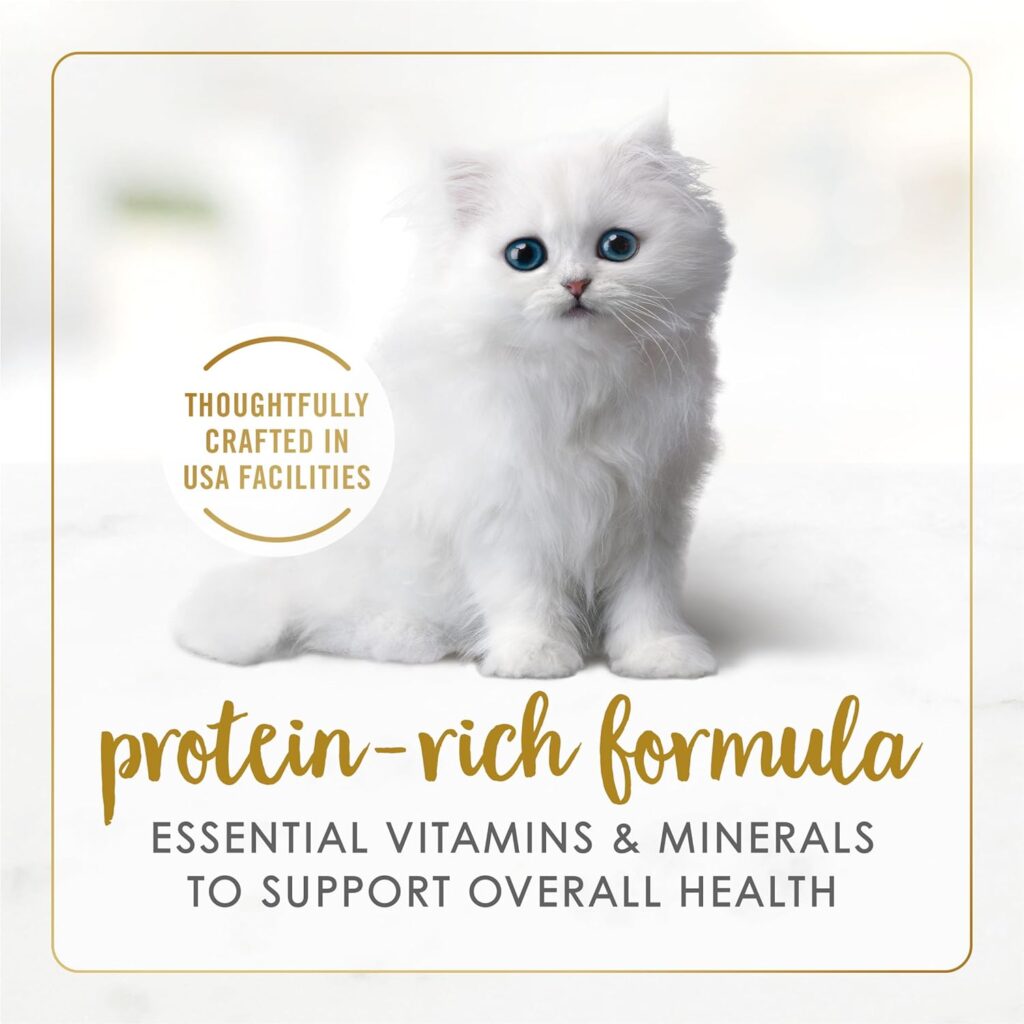
Feeding Your Feline Friend
Understanding the differences between kitten food vs cat food is crucial. Young kittens need special nutrients to grow strong and healthy. Adult cats require food that maintains their health. Read on to learn how to feed your feline friend properly.
The Importance Of Proper Nutrition
Proper nutrition keeps your cat healthy throughout its life. The right food prevents health issues and boosts energy levels. Let’s explore the reasons behind the need for age-specific cat food.
-
- Kittens grow fast and need a lot of calories and nutrients.
- Adult cats need food that controls weight and supports health.
Decoding Feline Dietary Needs
Each stage of a cat’s life demands different dietary components. Kittens need more protein, fat, and amino acids. Adult cats require balanced ingredients to prevent obesity and other issues.
| Age Group | Protein | Fat | Other Nutrients |
|---|---|---|---|
| Kittens | High | High | DHA, ARA, Taurine |
| Adult Cats | Moderate | Controlled | Fiber, Vitamins, Minerals |
Life Stages Of Cats
Just like people, cats go through different life stages. Each stage has its own nutritional needs. Picking the right food is crucial for their health. Kittens need more energy. Adult cats need the right balance to maintain their health. Let’s look at what makes kitten food and cat food different.
Understanding Kitten Growth
Kittens grow fast. They need lots of protein and calories to help their bodies grow strong. Kitten food packs extra nutrients. It’s like baby formula for little cats. They should eat this food until they reach one year old. Here’s what kitten food offers:
- High protein: Builds muscles and tissues.
- More calories: Fuels rapid growth and play.
- Fatty acids: Good for brain and vision development.
Transitioning to adult cat food happens around their first birthday. It’s a slow switch. This ensures kittens don’t get upset tummies.
Maintenance Needs For Adult Cats
Adult cats need a balanced diet to stay healthy. Obesity is a risk if they eat too much kitten food. Adult cat food has less calories. It keeps them in shape. The food also has all the goodies to keep their coat shiny and their digestion working well. Here’s what makes adult cat food different:
| Nutrient | Kitten Food | Adult Cat Food |
|---|---|---|
| Protein | High | Moderate |
| Calories | Higher | Controlled |
| Fatty Acids | Essential for Growth | Enough for maintenance |
Adult cats also need the right mix of vitamins and minerals. This includes things like taurine for heart health. Always check for a label that says “complete and balanced.” This means the food has everything an adult cat needs.
Kitten Food Essentials
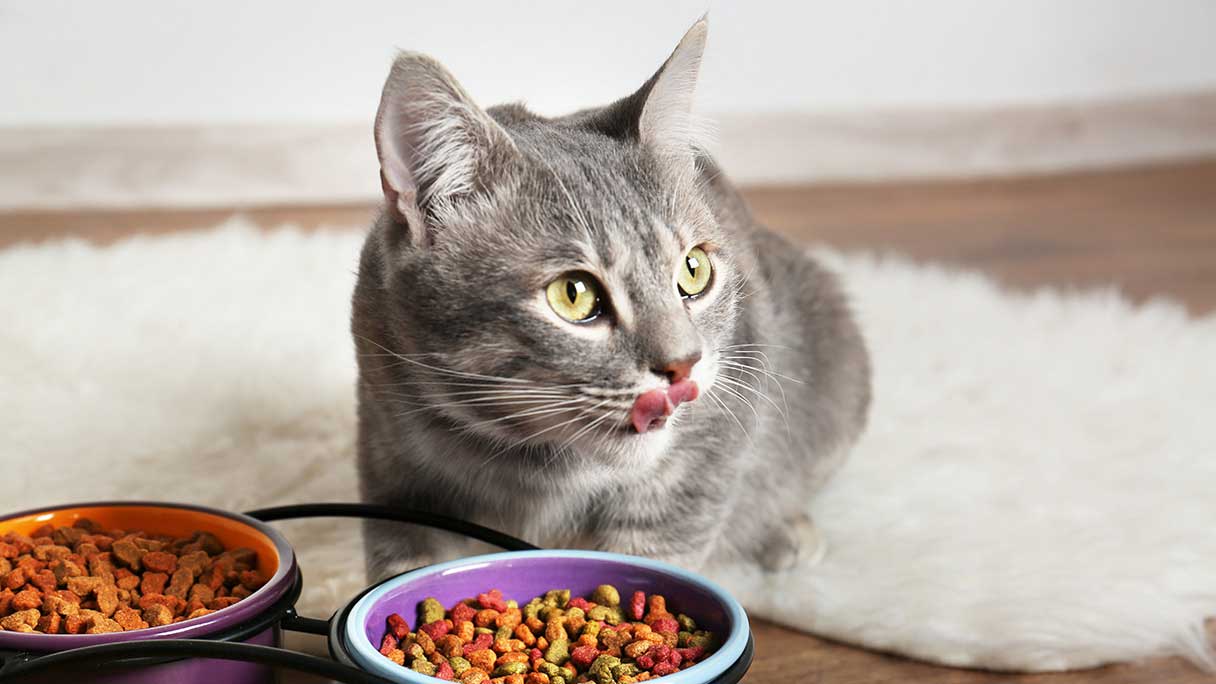
Credit: www.carecredit.com
Kitten food essentials ensure the healthiest start for your little friend. While both kitten and cat food can look similar, the difference is in the details. Kittens grow fast. They need special food that helps them develop properly. Think of kitten food as high-energy fuel that caters to their unique needs.
Higher Caloric Content
Kittens are bundles of energy. They need more calories than adults do. This helps them play and grow. Kitten food has extra calories to keep up with their active lifestyles. Feeding your kitten the right food makes all the difference.
- High calorie count supports their energy
- Fats, proteins, and carbohydrates are key
- Extra calories boost growth and development
Nutrient-rich Formulation
It’s not just about more calories. Kitten food contains vitamins, minerals, and amino acids. These nutrients support eye development, bone growth, and overall health. Your kitten’s body is busy building a strong foundation for the future.
| Nutrient | Benefit |
|---|---|
| Taurine | Good for eyes and heart |
| Calcium | Builds strong bones |
| Protein | Powers muscle growth |
Turning kitten food into muscle, bone, and healthy organs is serious work. The right balance of these essentials matters. A nutrient-rich diet sets the stage for a life of vitality and joy.
Why Adult Cat Food Differs
As your feline friend grows, their nutritional needs evolve. Adult cat food is specifically formulated to meet these changing requirements. Unlike kittens, adult cats need a diet that maintains their health. This diet differs from what kittens enjoy in several key ways.
Adjusted Caloric Balance
Kittens are bundles of energy with rapid growth. They require calorie-dense food to fuel their growth spurts. Adult cats, on the other hand, need fewer calories. Excess calories can lead to weight gain and health issues in adult cats. Adult cat food presents a balanced caloric content. This supports a stable weight and energy level.
| Age Group | Caloric Needs |
|---|---|
| Kittens | High |
| Adult Cats | Moderate |
Focus On Sustained Health
Adult cat food often includes ingredients that support long-term health. These include fiber for digestion, fatty acids for skin and coat, and antioxidants for immune defense. Ingredients like taurine are also important for heart health. Regular consumption of adult cat food helps prevent common age-related issues.
- Fiber – Keeps the digestive system running smoothly.
- Fatty Acids – Maintain skin and coat condition.
- Antioxidants – Support immune system health.
The Transition Phase
The Transition Phase marks a pivotal moment in your furry friend’s life. It’s when tiny, playful kittens grow into graceful adults. This phase requires a switch from nutrient-rich kitten food to adult cat food. Your cat’s health depends on how and when you introduce this change.
When To Switch From Kitten To Cat Food
Knowing when to switch foods is crucial for your kitten’s wellbeing. Typically, the transition begins when kittens approach their first birthday. By this age, they have stopped growing rapidly and need fewer calories. Certain breeds may need more time before switching. Consult with a veterinarian to determine the best time tailored to your kitten’s needs.
Gradual Dietary Changes
Abrupt changes in diet can upset your kitten’s stomach. A gradual transition over a week is ideal. Start by mixing a small amount of adult food with their familiar kitten food. Increase the proportion of adult food gradually each day. By the end of the week, your kitten should be comfortably eating adult cat food. Monitor your kitten’s reaction to the new diet closely and ensure they remain hydrated throughout the process.
- Day 1-2: 75% kitten food, 25% cat food
- Day 3-4: 50% kitten food, 50% cat food
- Day 5-6: 25% kitten food, 75% cat food
- Day 7: 100% cat food
During the transition, keep an eye on your kitten for any signs of discomfort or refusal to eat. The wellbeing of your pet should always remain a priority. Tailor the pace of the dietary switch to suit their individual needs and preferences.
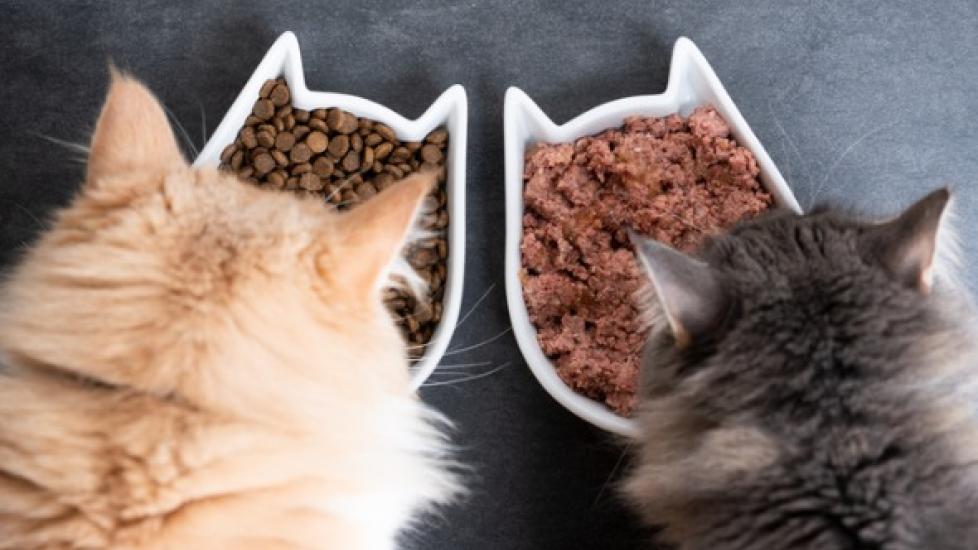
Credit: www.petmd.com
Special Considerations For Feeding
Navigating the mealtimes of our furry companions involves more than just choosing between kitten food and cat food. Certain special feeding considerations ensure they not only enjoy their meals but also receive the nutrition their bodies require. Young kittens have different needs compared to adult cats, and each has its unique preferences and sensitivities. Understanding these can lead to happier, healthier felines.
Dealing With Picky Eaters
Kittens and cats sometimes turn their noses up at their dishes. Catering to their tastes involves patience, creativity, and observation.
- Vary the flavors: Rotate between different types, such as chicken, beef, or fish, to maintain interest.
- Change the form: Some prefer wet food, others dry. Observing your pet’s preference can help.
- Warm the food: Slightly warming their meal can make it more appealing.
- Consistency is key: Stick to feeding schedules to establish routine.
Managing Dietary Sensitivities
Dietary sensitivities can affect digestion and overall well-being. Understanding and managing these is crucial for your pet’s health.
| Sensitivity Type | Symptoms to Watch | Action |
|---|---|---|
| Food Allergies | Itchy skin, digestive upset | Consult a vet for special diets or hypoallergenic foods. |
| Lactose Intolerance | Diarrhea, vomiting | Avoid dairy and opt for lactose-free alternatives. |
| Grain Sensitivities | Itchy skin, ear infections | Choose grain-free formulas specific to life stages. |
Always consult your veterinarian before making dietary changes, especially when sensitivities are suspected. A professional can provide personalized guidance for your pet, ensuring a diet that meets its specific needs.
Raw And Homemade Diets
Many kitten and cat owners explore raw and homemade diets. This approach can align more closely with natural feline eating habits. Yet, understanding the nuances between raw kitten and adult cat food is crucial. Kittens have specific nutritional needs during their growth. Adult cats maintain health through balanced sustenance. Let’s delve into what these diets entail, with a focus on their benefits and risks.
Benefits And Risks
Raw and homemade diets for kittens and cats come with both pros and cons.
| Benefits | Risks |
|---|---|
|
|
Consult a vet before starting raw or homemade food routines.
Ensuring Complete Nutrition
A balanced diet is key to a kitten’s growth and an adult cat’s health.
- Proteins and Amino Acids: Essential for tissue growth and repair.
- Fats: Provide energy and support brain development.
- Vitamins and Minerals: Crucial for preventing diseases and maintaining bodily functions.
- Taurine: An amino acid vital for heart and eye health.
Homemade diets should mimic the nutritional value of a mother cat’s milk for kittens.
For adults, focus on sustaining health rather than growth.
Balance raw food with designed supplements to avoid deficiencies.
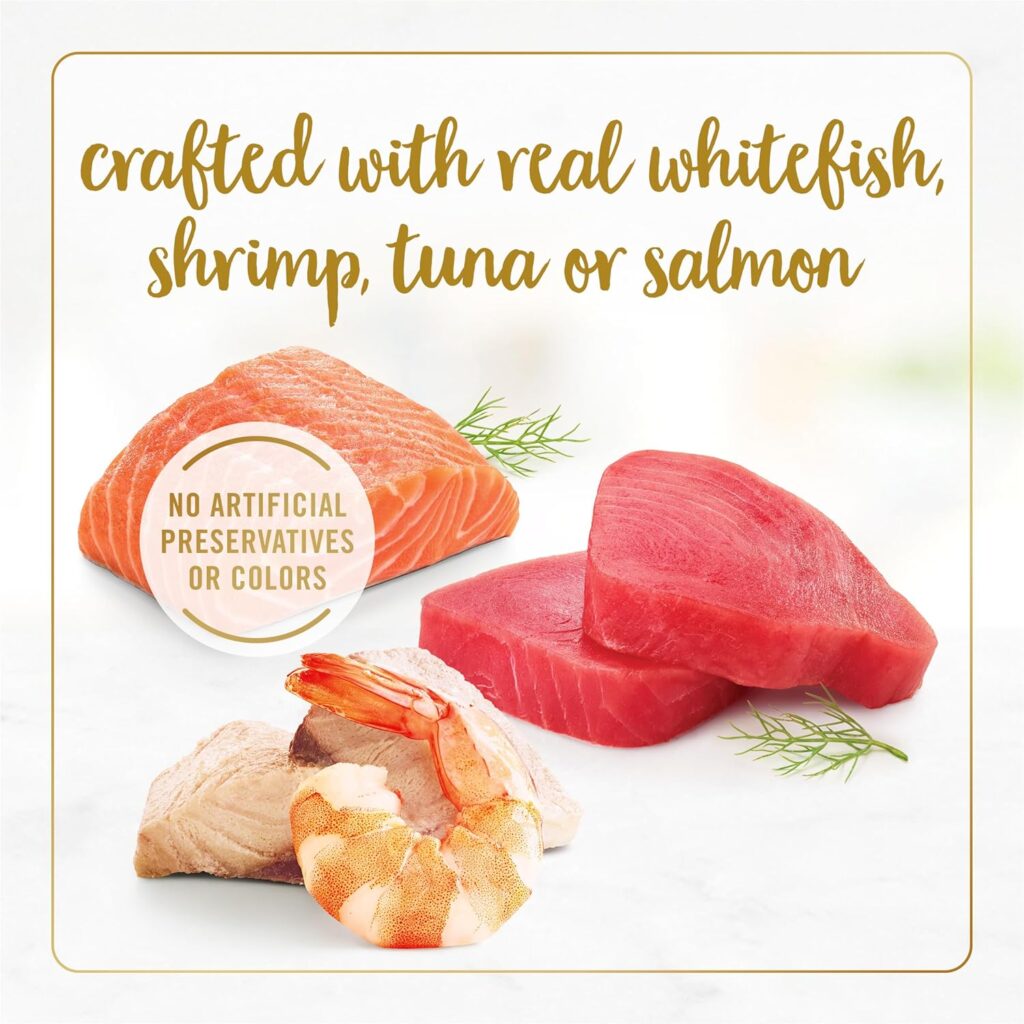
Wet Food Vs. Dry Food Debate
Choosing between wet and dry food is a big decision for cat owners. Both options offer benefits for kittens and adult cats. Understanding those benefits helps you make the best choice for your furry friend.
Hydration Through Diet
Cats often don’t drink enough water. Wet food can make up for this. It contains a lot of moisture. This moisture helps keep cats hydrated. Especially for kitties who ignore their water bowls. Hydration supports kidney health and prevents urinary tract issues.
- Wet food: up to 80% moisture content
- Dry food: usually 10% moisture content
Kittens especially need to stay hydrated. Their little bodies are developing. Wet food can ensure they get the fluids they need.
Dental Health Impact
Many believe dry food helps keep teeth clean. The idea is that the kibble’s hard texture scrapes off plaque. However, this is not always the case. Dental health depends on genetics, dental care, and diet.
| Type of Food | Dental Benefits |
|---|---|
| Wet Food | May leave residue, brush their teeth |
| Dry Food | May help with mild scraping action |
Cats should have regular dental check-ups no matter their diet. Dental treats and toys also help maintain oral health. Consider these along with their main food.
Supplements For Growth And Health
Welcome to the crucial part of feline nutrition – Supplements for Growth and Health. Kittens and cats flourish on diets tailored to their life stages. The right supplements in kitten food versus cat food make a world of difference. Let’s dive into what keeps them purring with optimal health.
Probiotics
Kittens need good bacteria for healthy digestion. Probiotics are these helpful microbes. They support gut health and boost the immune system. Kitten food often contains higher probiotic levels. They help your tiny furball absorb nutrients better. A balanced tummy means a happy, playful kitten.
Vitamins
Vitamins are the building blocks of kitten growth. Cat food has them, but kitten food is jam-packed. It’s because kittens grow fast and need more support. Vitamins like A, D, and E are crucial. They help form strong bones, sharp eyes, and a healthy coat. These vitamins also keep adult cats agile and lively.
Omega Fatty Acids
Omega fatty acids are the secret to a silky coat and strong brain development. They’re important for kittens and cats. But kitten food usually has more omegas. It’s to help their brains and eyes develop well. Adult cat food balances these fats for heart health and joint mobility.
Here’s a breakdown:
| Supplement | Kitten Food | Cat Food |
|---|---|---|
| Probiotics | Higher levels | Standard levels |
| Vitamins | Richer content for faster growth | Optimized for maintenance |
| Omega Fatty Acids | Enhanced for development | Adjusted for ongoing health |
Remember:
- Kittens need extra of almost everything.
- Probiotics and certain vitamins aid in early life.
- Omegas contribute to lifelong vibrancy.
Choose the food with the right supplements. It ensures your furry friend grows strong and content. Always check the label and consult with your vet. Happy feeding!
Obesity And Weight Management
As pet parents, it’s vital to understand the difference between kitten food and cat food, especially when it comes to obesity and weight management. Kitten food is highly caloric and nutrient-rich to support their growth. On the flip side, adult cat food is designed to maintain a healthy weight. Keeping your feline friend in the ideal weight range is a key to promoting longevity and preventing obesity-related health issues. Let’s delve into how you can avoid overfeeding and recognize ideal weight ranges for your purring pals.
Avoiding Overfeeding
Overfeeding is a common culprit for weight gain in cats. To avoid this, always measure meals accurately based on the guidelines on the food packaging or your vet’s advice. Here are a few tips:
- Use a standard measuring cup for consistency.
- Split daily servings into smaller meals.
- Monitor treats – these should be less than 10% of their daily caloric intake.
- Consider interactive feeders to slow down fast eaters.
Ideal Weight Ranges
Cats come in various sizes and body types, so the ideal weight varies. However, a general guideline is at hand. Adult cats typically weigh between 8 to 10 pounds. Remember, only a vet can determine the best weight for your cat. Consider these signs of a healthy weight:
| Weight Status | Characteristics |
|---|---|
| Underweight | Ribs, spine, and bones are visible with no palpable fat. |
| Ideal Weight | Ribs and spine are palpable but not visible, with a visible waistline. |
| Overweight | Excess fat on ribs and spine, waistline is not evident. |
A regular check with the vet for weight assessments keeps felines on track. Proper diet and exercise are key to maintaining their ideal weight range. Transitioning from kitten food to adult cat food should be gradual and done under a vet’s guidance to ensure your furry friend’s health is always top priority.
Allergies And Food Intolerances
Cats, like humans, can suffer from allergies and food intolerances. Identifying the culprit can be tricky. Food allergies can cause skin irritations, gastrointestinal upsets, or more serious health issues. Understanding the differences between kitten food and cat food is essential, especially when dealing with a sensitive feline friend.
Common Allergenic Ingredients
While kittens and adult cats have different nutritional needs, they can share common allergies. Protein sources such as beef, chicken, fish, and dairy often lead to allergic reactions. Gluten and artificial additives could also be problematic. Recognizing these allergens helps maintain your cat’s health.
- Beef
- Chicken
- Fish
- Dairy
- Gluten
- Artificial additives
Hypoallergenic Diet Options
Hypoallergenic diets are crafted to reduce the likelihood of allergic reactions. These diets use protein sources that are less likely to cause allergies or use hydrolyzed proteins, which are already broken down to a size less likely to trigger the immune system. Essential nutrients are still provided without the common allergens.
| Food Type | Protein Source | Common for Allergies? |
|---|---|---|
| Kitten Food | Varies | Yes |
| Cat Food | Varies | Yes |
| Hypoallergenic Diet | Hydrolyzed Protein | No |
Selecting the right food for a kitten or cat with allergies doesn’t have to be daunting. Consult with a vet to tailor a diet that suits your pet’s unique needs. Whether it’s a specialized kitten formula or a hypoallergenic cat food, plenty of options exist to keep your furry friend happy and healthy.
Senior Cats’ Nutritional Needs

Credit: www.felinemedicalclinic.com
As our feline friends age, their bodies change. Senior cats have unique dietary requirements. To keep your senior cat sprightly and healthy, their diet must match their slower lifestyle and support their aging body. Understanding these needs is key to choosing between kitten food and cat food.
Adapting To Lower Metabolic Rate
Older cats burn energy at a slower pace. They don’t need as many calories as they once did. Feeding them the high-energy kitten food might lead to weight gain. Instead, choose senior cat formulas. These are specifically designed to suit a less active lifestyle. Cat foods for older felines often have:
- Fewer calories
- Adjusted micronutrient balance
- Added fiber for digestive health
Supporting Joint Health
Joint care is critical for senior cats. Arthritis and joint pain are common in older felines. Senior cat food formulas often include:
- Glucosamine and chondroitin for joint support
- Omega fatty acids to reduce inflammation
- Antioxidants for overall well-being
These ingredients help maintain healthy joints, keeping your cat agile and comfortable. It’s crucial to support their mobility as they continue to age.
Making An Informed Choice
Choosing the right food for your feline friend is crucial. Kittens and adult cats have different nutritional needs. Knowing the differences ensures your pet grows healthy and happy. Let’s consider brand quality and how to read food labels effectively.
Brand Quality And Consumer Trust
Popular brands often provide trusted formulas that cater to your cat’s life stage. High-quality brands invest in research. They ensure balanced nutrition for kittens or mature cats.
- Check for awards and certifications. They indicate a reputable brand.
- Consider reviews from other pet owners. They offer real-world insights.
- Ensure the brand follows Association of American Feed Control Officials (AAFCO) guidelines.
Let’s not forget the importance of trust. Trustworthy brands maintain consistent quality over time.
| Comparing Popular Brands | |
|---|---|
| Brand Name | Kitten or Cat |
| Brand A | Specialized Kitten Formula |
| Brand B | Complete Adult Cat Nutrition |
Reading And Understanding Labels
Labels can be complex, but they hold key information. Understanding them is essential.
- Look at the ingredients list. Proteins should be listed first.
- Find the nutritional adequacy statement. It shows if the food is suitable for kittens, adults, or all life stages.
- Note the feeding guidelines. They suggest proper serving sizes.
Remember, labels must comply with AAFCO’s nutritional standards. This guarantees your cat gets all the essential nutrients.
Frequently Asked Questions Of Kitten Food Vs Cat Food
Is It Ok For Kittens To Eat Regular Cat Food?
Kittens should eat specially formulated kitten food, which is different from regular cat food. Kitten food contains higher levels of essential nutrients that support their rapid growth and development.
Is There Really A Difference Between Kitten Food And Cat Food?
Yes, there’s a difference. Kitten food contains more protein, fat, and calories to support rapid growth, unlike adult cat food optimized for maintenance.
How Long Should A Cat Eat Kitten Food?
Cats should eat kitten food until they reach one year of age, supporting their rapid growth and development.
Can A 10 Month Old Kitten Eat Cat Food?
Yes, a 10-month-old kitten can eat cat food formulated for kittens or all life stages to support their growth and development needs.
Conclusion
Deciding between kitten food vs cat food is pivotal for your pet’s health. Each stage of your feline’s life demands specific nutrition. Kitten food supports growth; cat food maintains well-being. Smart choices today ensure your companion thrives tomorrow. Remember, a vet’s guidance can tailor the perfect diet. Choose wisely for a happy, healthy cat.

